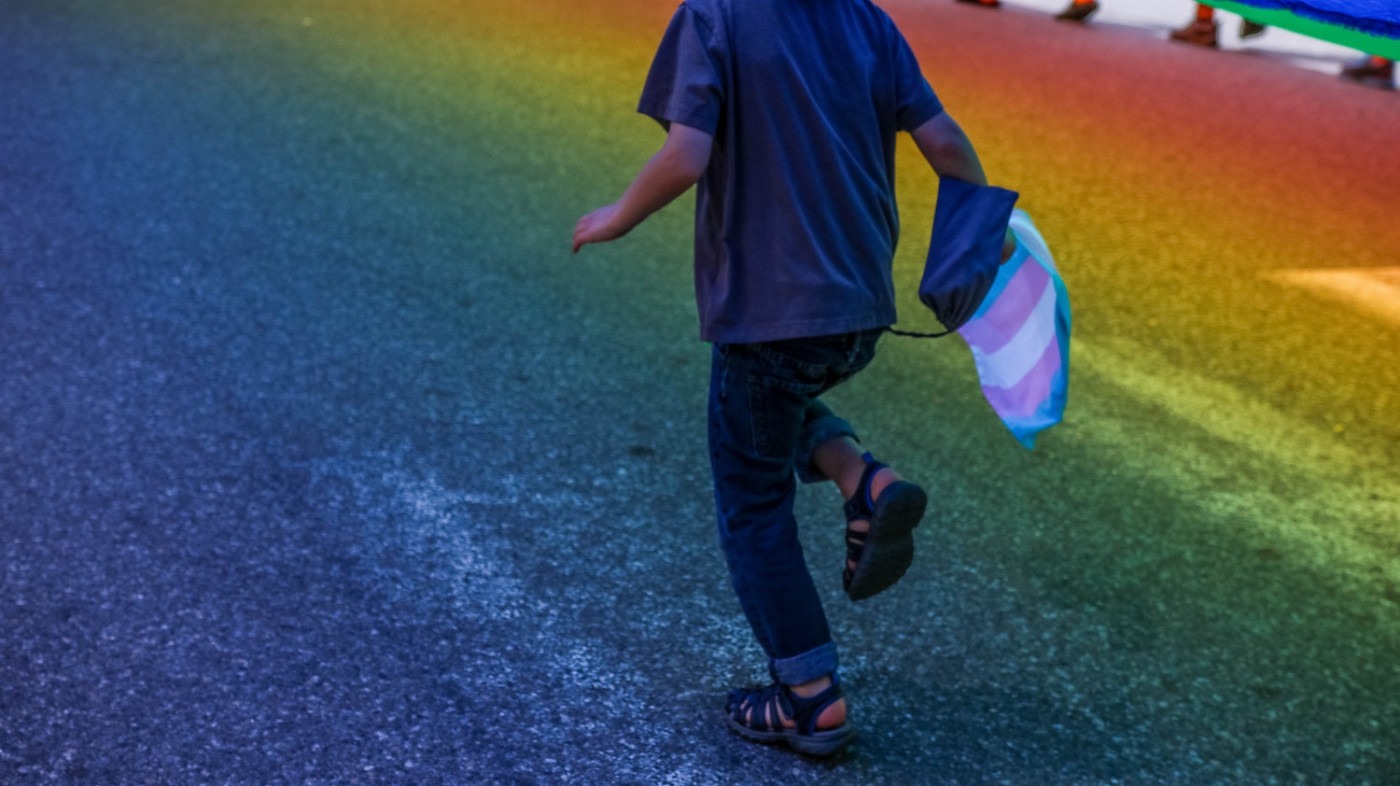Trans visibility in the art world
Igi Moon works as a counseling psychologist in a gender clinic where they conduct assessments in order to help clients on their journeys to accessing treatment. She believes this is inherently political and activist work due to the hostility and weaponization of LGBTQ+ issues in the culture war.
She also leads a sociology module: Beyond the Binary at Warwick which is the only one of its kind running in the UK. She is currently putting together a textbook regarding what this means for the formation of knowledge. She encourages trans issues to be included in other departments, highlighting ‘’while the medical and psychological profession is taking ownership of gender, there are particular issues that this prioritizes and we must recognize the sociology, anthropology, and philosophical impact.
We should all be able to contribute to the wider discussions about what constitutes gender
She is an advocate for redistributing power in the context of knowledge formation in the art world. She provides insight into the representations of trans stories and gender complexity. She emphasizes how conservative traditional media has been, and how we are only now seeing more transgender characters in television and films. Yet, non-binary representation is unusual. Most stories stick to a single framework and focus on the same tropes. Within television, the focus is on a binary gender transition that maintains and aligns with what media consumers find appetizing and understandable. This trope of being born in the wrong body and needing to transition gives permission to present the idea of ‘fixing’.
However, outside of this conservative framework, there are many artists pushing the boundaries in exciting ways. Artists such as Cassils use their own bodies to subvert what it means to take up space and highlight ideas of movement and transformation. There is a relationship between the trans artist community and using art as a form of healing; photographer Texas Isiah believes photography can be ‘’a healing mechanism while allowing others to self-actualize their pleasures’’. Jamie Nares is another example that provides yet another intersection of representation where
Trans artists push the envelope beyond the conventional tropes and narratives that audiences are constantly exposed to
She talks about how we constantly disagree as to who owns our bodies, how to treat them, and what people want from treatment, but that disagreement is rooted in extremely outdated ways of thinking. She conveys that trans people are excluded from the recognition and reestablishment of how the definition of gender is evolving.
Recently, Tennessee introduced an act to ban drag, an art form that cuts across history, and literature because the state believes that drag is exciting however apparently polarizing. This introduces body politics; banning drag begs the question of why we are refusing to recognize the ways in which white, cisgender, heterosexual male privilege has been given such grandiose power. It can now refuse to acknowledge anything outside of itself. It is not dissimilar to the UK where the grandiosity and narcissism of politics cause division.
Art is what contests that ground in a way that helps us to somehow enjoy what we are watching but is simultaneously activist and political. Travis Alabanza shows us how art and politics can help a community to stand against the grandiosity of people that cause harm.
She believes we must come to the sad but real acknowledgment that within marginalized communities you do not believe that in your life things will change. She thinks we can make a decision about how we want to pull together in terms of activism, art, and academia. This combination needs to be recognized and we should feel empowered to do this.

Comments